Can you reuse potting soil? The experts reveal how to safely recycle this gardening material
Old potting soil can be utilized in beds and borders as long as it is pest and disease-free
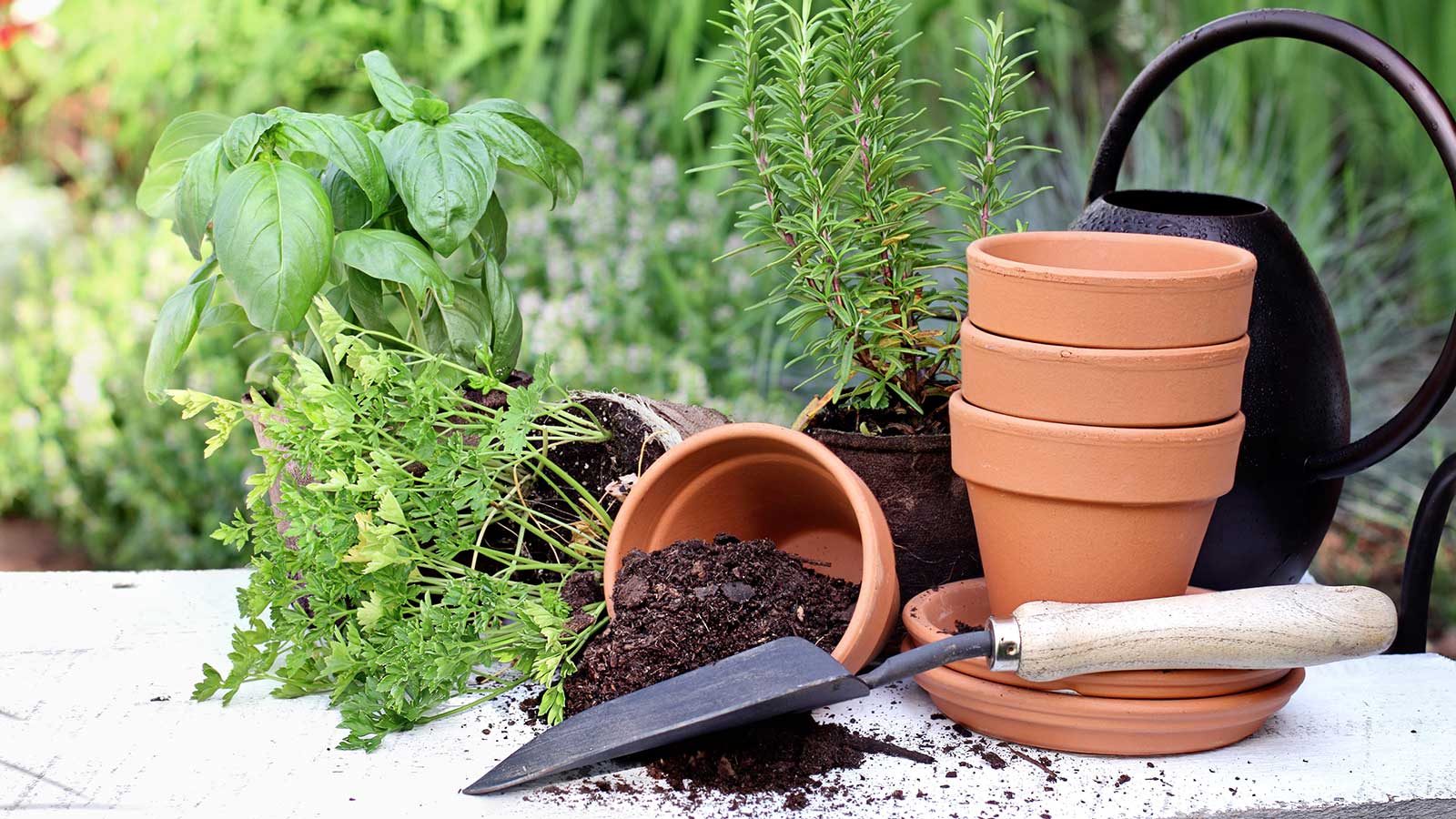

Many gardeners will use a lot of potting soil each year – and it seems a shame to throw it out once it's served its purpose. The good news is that it can be reused around the backyard if it grew healthy plants the season before and is free of pests or diseases. Doing so is a great way to reduce waste and will save you multiple trips to the garden center.
Understanding soil types and looking after the soil you have is key to growing healthy plants, getting lots of flower blooms, or reaping the rewards of bumper fruit and vegetable harvests. While potting soil can be recycled, provided it is healthy, it will need to be boosted with other materials to get the right level of nutrients for your plants. This guide explains everything you need to know for successful results.
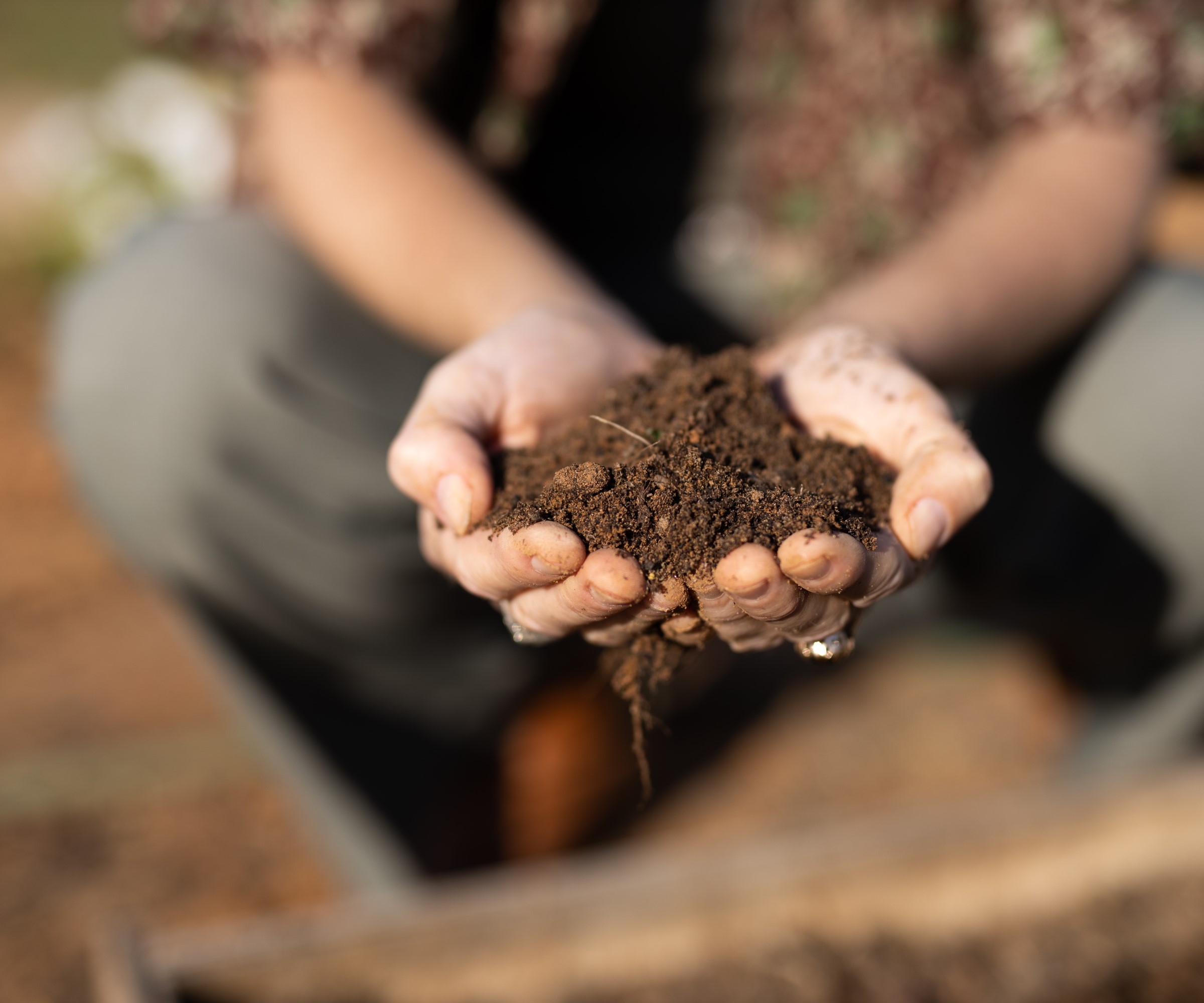
Old potting soil can be reused if it's been used to grow healthy plants beforehand
What is potting soil?
Potting soil has a multitude of uses for the gardener. It is used to grow on plants that have been transplanted up from their seed trays and is also used as a medium in which to grow plants in raised beds, containers, or pots.
It is made up of a mixture of the mineral elements of sand, clay, and loam that make up soil and other organic materials. It can also include elements such as peat moss or perlite and offers advantages including being better draining and more lightweight than garden soil.
How to use old potting soil in your backyard
The life of potting soil does not have to end after just one season. As a growing number of gardeners want to reuse, recycle, and make things last longer, there is no reason potting soil cannot come under this. It can be reused around the garden in various ways, from being used as a soil conditioner to help improve structure and aeration; mixed with compost and added to flower beds or borders; or as part of building new raised beds or trying out no-dig gardening or lasagna gardening techniques. Potting soil can also be added to a homemade compost heap to help speed up the decomposition process in the pile.
However, there are a few caveats to make sure the soil is okay to use again and not going to create further problems down the line.
If it is going straight onto garden beds then remove any old plant material from it, though this is unnecessary if the soil is going on the compost pile as it can be left to rot down. Lucy Chamberlain, a fruit and vegetable expert for Homes & Gardens, also advises fluffing it up to alleviate compaction before using it.
Lucy advises only reusing compost if it is definitely free of lingering pests, such as vine weevils, nematodes, and root flies. Nematodes and root flies tend to be crop-specific, such as potatoes, tomatoes, eggplant or peppers for the former or carrots for root fly, so Lucy says to be mindful not to reuse potting compost that housed those crops on areas where similar crops may be grown again.
She adds: 'Vine weevil is such a general pest that if the grubs are still in the compost, they’ll likely feed on whatever you plant in it – so don’t reuse it.'
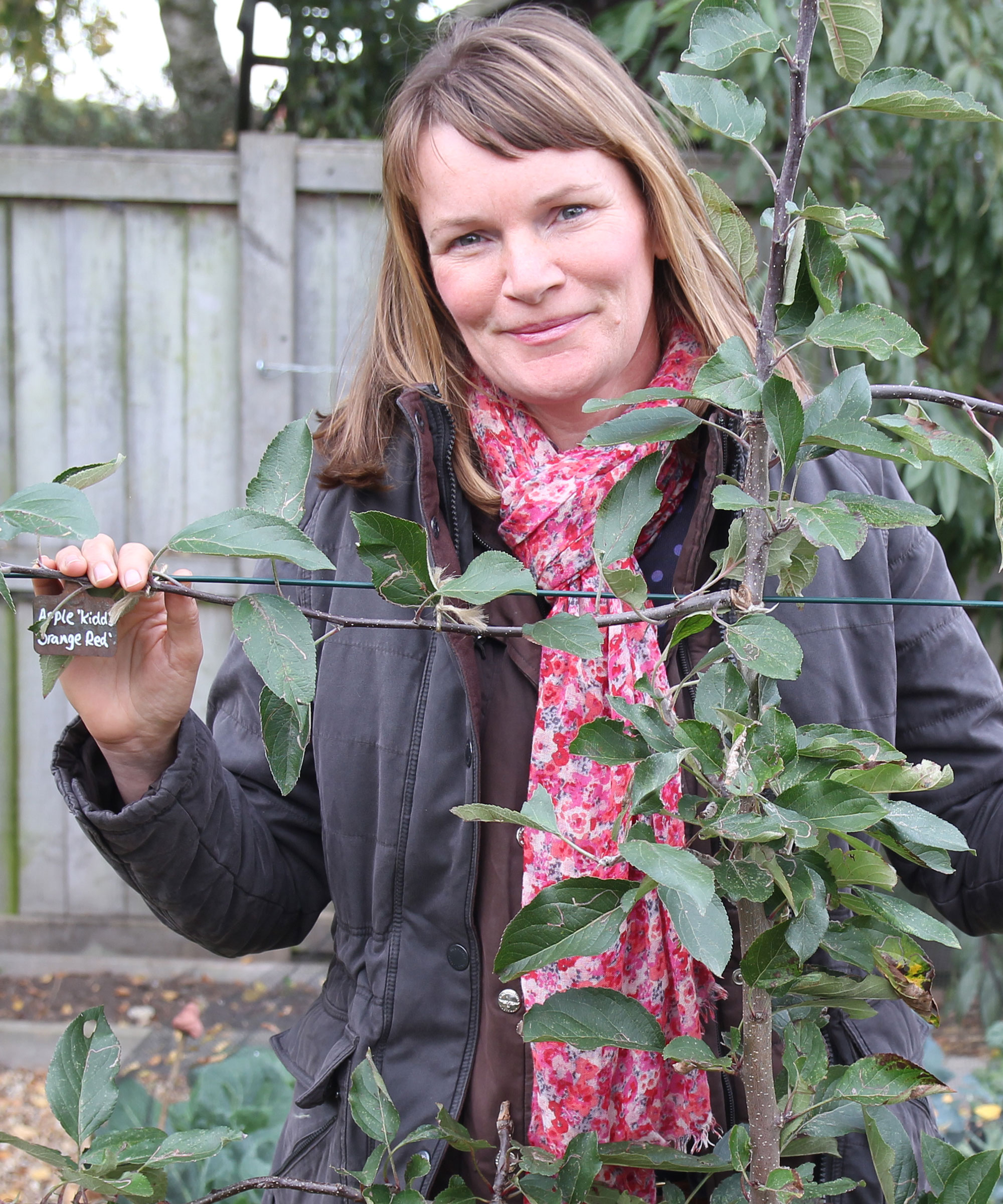
Lucy was a Horticultural Advisor at RHS Wisley and has been Head Gardener on a 100-acre estate in England for many years, but writes regularly for titles such as The Garden, Gardeners’ World, The Guardian and Amateur Gardening. She’s also the author of RHS Step by Step Veg Patch, available from Amazon, which covers 50 types of fruit and veg.
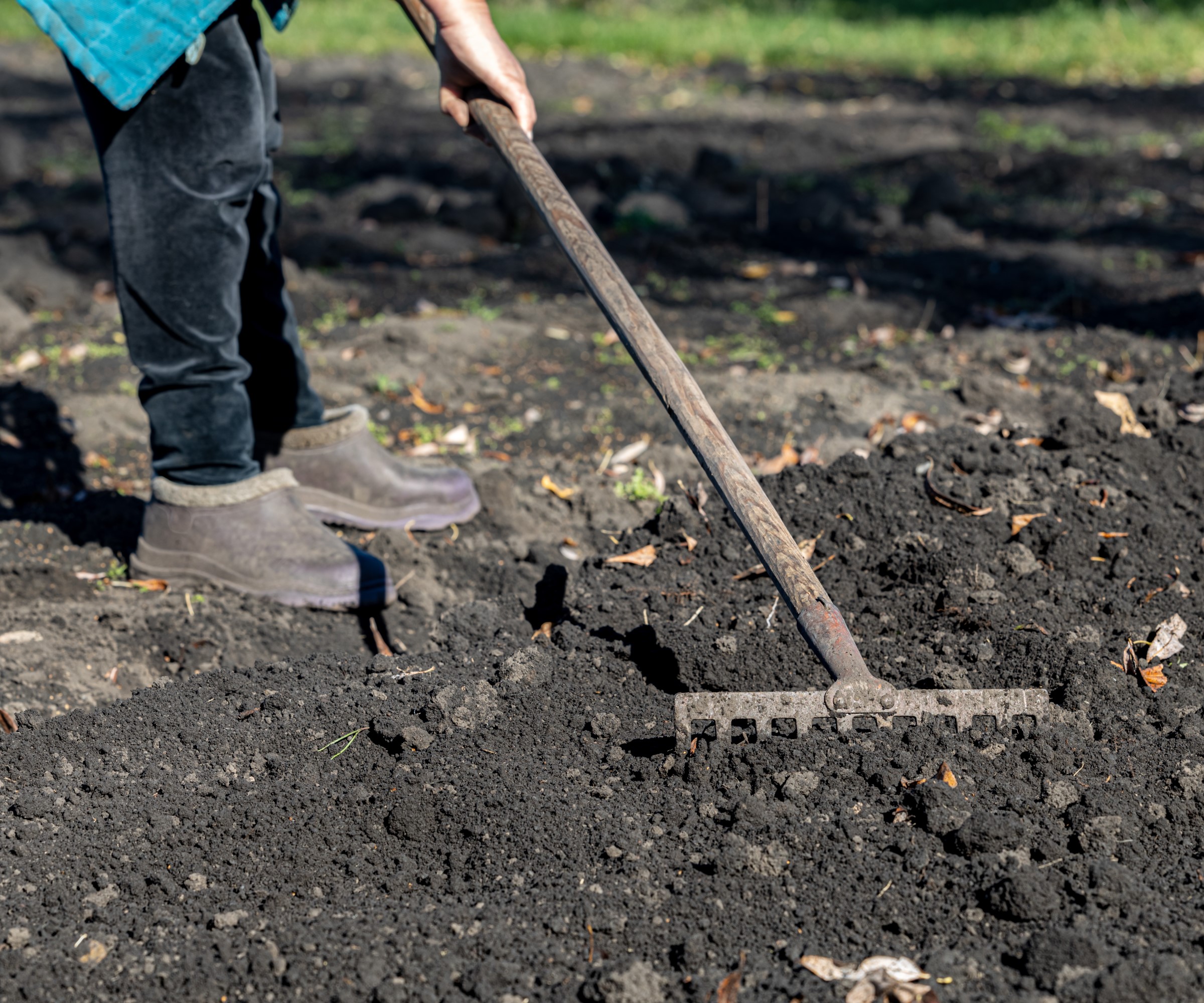
Potting soil can be added onto beds and borders
Old potting compost will have had its nutrients used up, therefore it is imperative to improve its fertility when reusing it. John Negus, a gardening expert, explains how organic matter such as well-rotted garden compost and manure will ‘give the mix a boost’ or you can add a balanced slow-release chemical fertilizer, such as the Miracle-Gro Shake 'N Feed All Purpose Continuous Release Plant Food available at Amazon. As well as this, many gardeners combine old potting soil with new compost at a 50/50 mix in order to get the right level of nutrients and improve overall soil health. Other amendments can also be used depending on your soil's pH.
John adds: ‘Peat and peat-alternative composts, being organic matter, also tend to break down over time and lose their structure. Mixing old compost with other materials does help, but it might be worth adding some loam-based material for longer-term benefits.’ A loam soil is constructed of soil, sand, and clay, and it is the ideal composition of soil for any gardener. You can buy loam soil to use in your backyard, but always ensure to source it from reputable suppliers to ensure it is high in quality.

John has been a garden journalist for over 50 years and regularly answers readers' questions in Amateur Gardening magazine. He has also written four books and has delivered many talks over the years on horticulture.
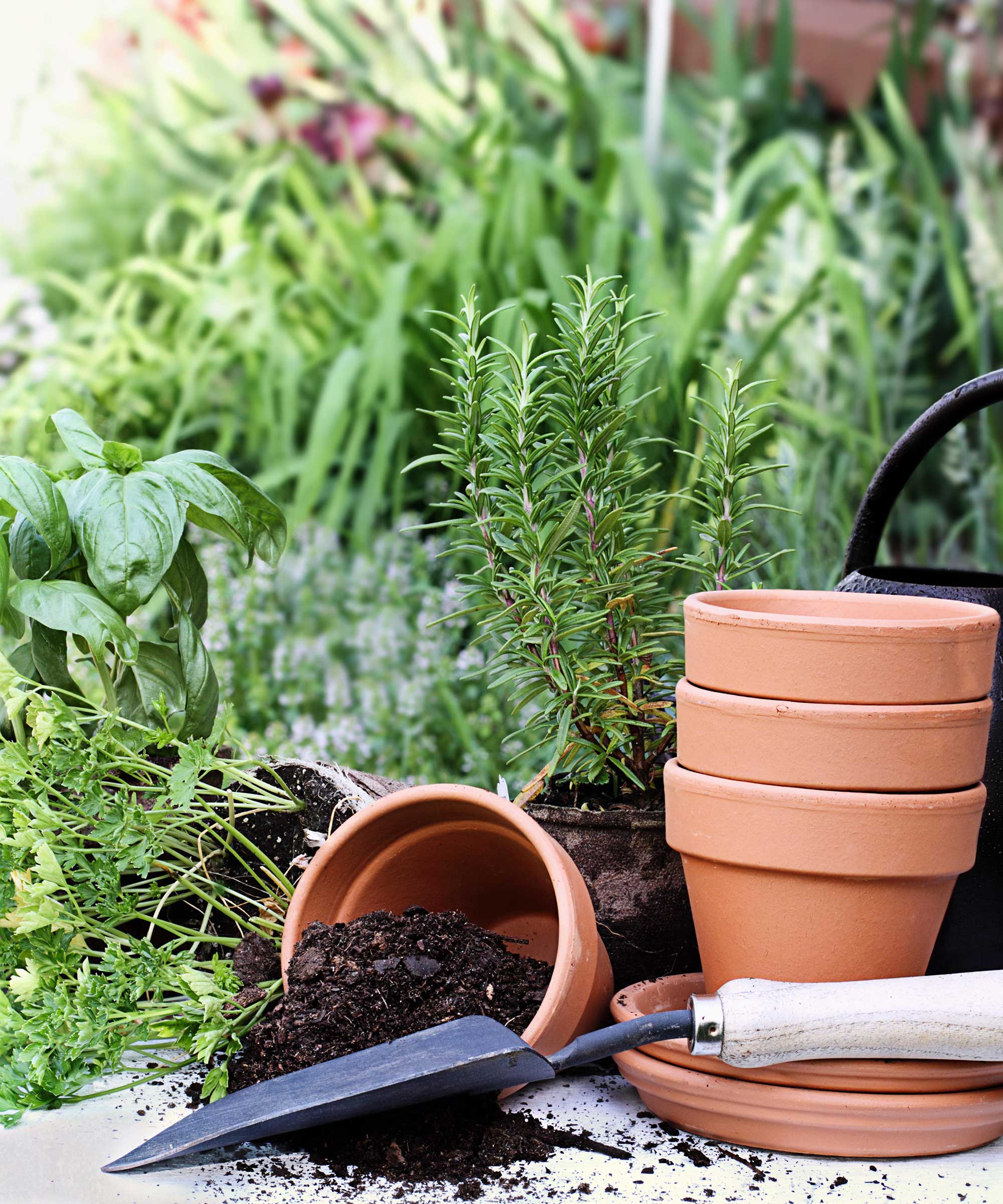
Old potting compost will need an added boost of nutrients
Alternatives to reusing potting soil
If there is a risk of potential disease or pests in the soil and it causes it to be discarded, then there are other options to create a fertile soil mix suitable for adding to beds, borders, or raised beds.
The number one alternative for mulching your garden is homemade compost, but there are other types of mulch to consider, too, such as well-rotted manure, leaf mold, or spent mushroom compost. They can all be combined with existing garden soil to provide a rich and fertile mix that has a great structure and drains well. You can also use the likes of bark, coarse sand, sawdust, perlite, or vermiculite to make a successful soil mixture. Materials such as sphagnum peat moss or coco coir – a popular medium that is a byproduct from coconut production – are alternative options, but both come with concerns with regards to sustainability.
As with old potting compost, any homemade soil mix should either have a natural fertilizer, coming from compost or animal manures, or have extra synthetic fertilizers added. This can come from the likes of bone meal, rock phosphate, or kelp meal to provide a wealth of nutrients to plants over a long period of time. You can get bone meal from Amazon in bags to incorporate or as spikes to push directly into the ground.
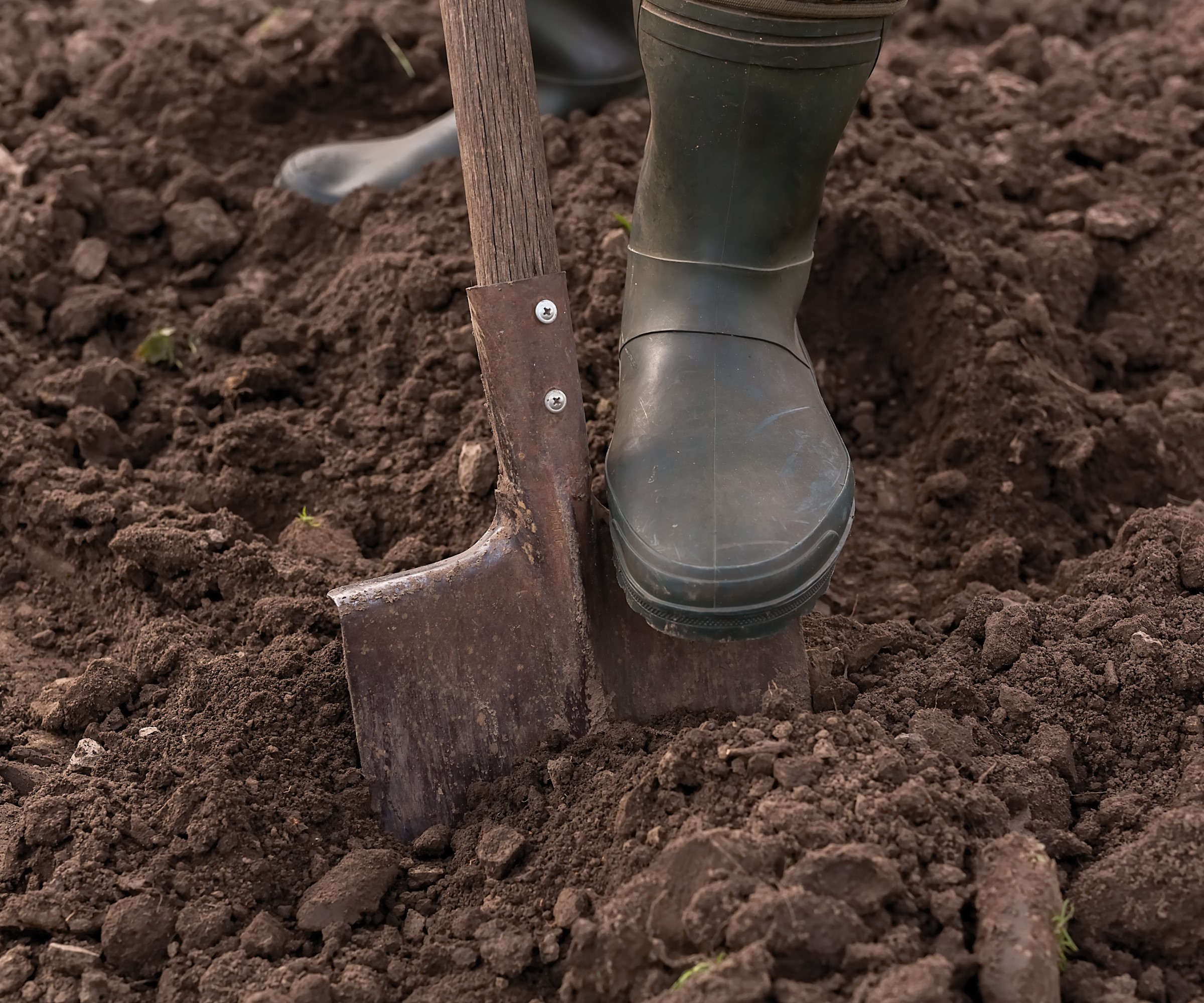
It's possible to make a homemade soil mix
FAQs
Can you sterilize old potting soil?
There are methods to sterilize soil, either by the process of solarization where you bake soil in the sun to kill pathogens or bugs, or by baking small amounts in the oven. However, these methods can take time and effort and are not guaranteed to work 100% unless you get the heat high enough, which is above 120°F.
There is definitely scope to reuse old potting soil around your backyard. Whether you have a cut flower garden, kitchen garden, or vegetable garden, providing the soil is pest and disease-free then it can be utilized, as long as you supplement it to boost the available nutrients.
Sign up to the Homes & Gardens newsletter
Design expertise in your inbox – from inspiring decorating ideas and beautiful celebrity homes to practical gardening advice and shopping round-ups.

Drew’s passion for gardening started with growing vegetables and salad in raised beds in a small urban terrace garden. He has worked as a professional gardener in historic gardens and specialises in growing vegetables, fruit, herbs, and cut flowers as a kitchen gardener. That passion for growing extends to being an allotmenteer, garden blogger, and producing how-to gardening guides for websites. Drew was shortlisted for the New Talent of the Year award at the 2023 Garden Media Guild Awards.
-
 How to grow sassafras – for a low-maintenance native tree that can even be planted in shady yards
How to grow sassafras – for a low-maintenance native tree that can even be planted in shady yardsFor an easy-to-grow North American tree, you will not find much better than sassafras
By Thomas Rutter
-
 'Big results before you know it' – Experts urge you to use the ‘Take Away 10’ method for simple decluttering with zero decision fatigue
'Big results before you know it' – Experts urge you to use the ‘Take Away 10’ method for simple decluttering with zero decision fatigueIt can cut hundreds of items from your home in just a few weeks
By Ottilie Blackhall